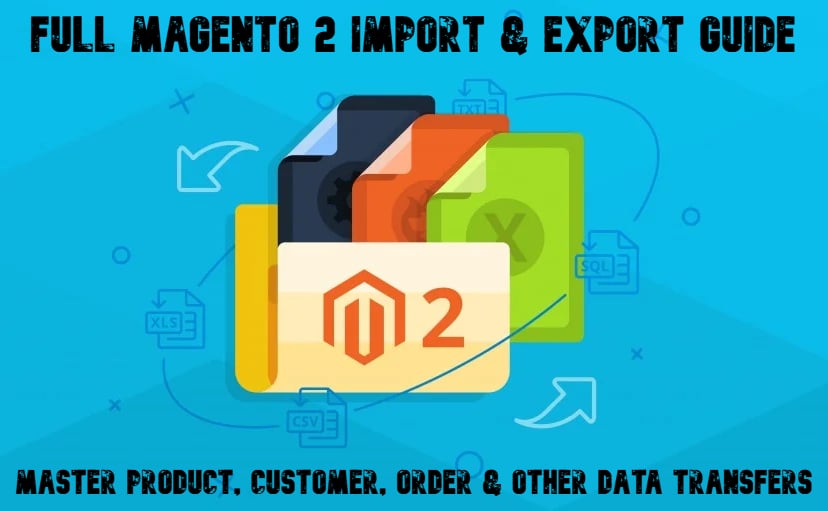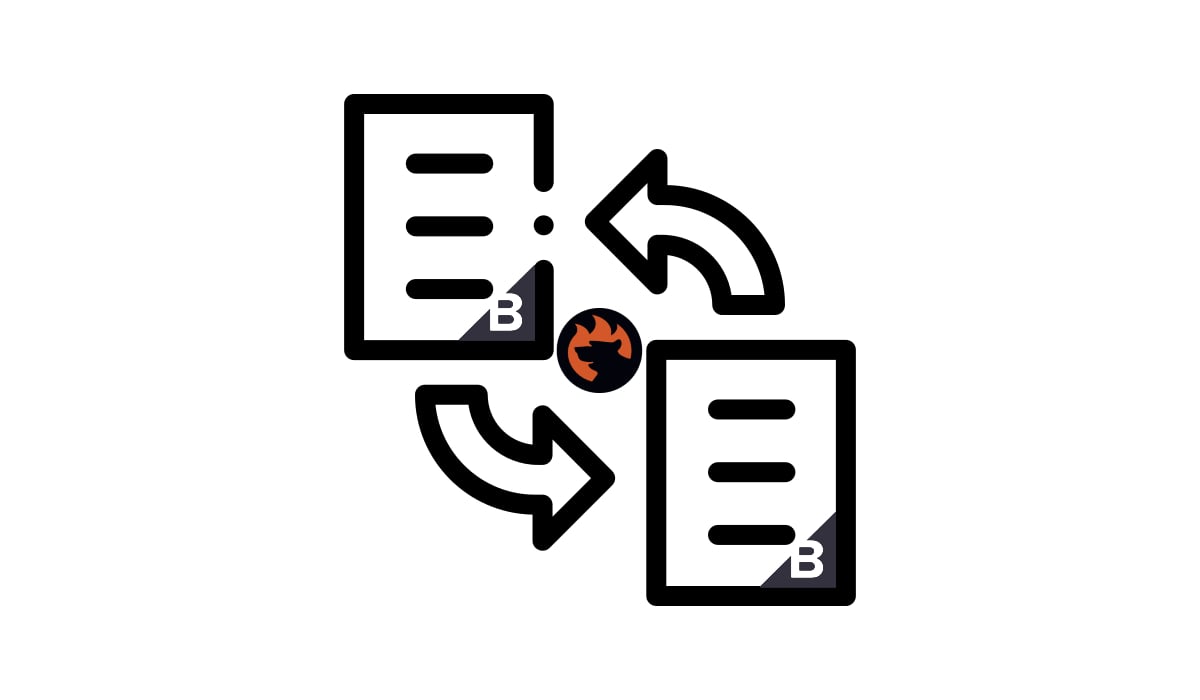Full Magento 2 Import & Export Guide (2025): Master Product, Customer, Order & Other Data Transfers

Magento 2 import and export processes are essential for managing your store’s data, but they can be surprisingly complex. From handling products and customers to orders and custom entities, these operations require technical knowledge, precise formatting, and sometimes third-party tools. That’s why we’ve created this comprehensive resource.
Instead of searching through dozens of separate blog posts, you’ll find everything you need right here — neatly grouped and organized. This Magento 2 import/export guide brings together our most useful tutorials, walkthroughs, and troubleshooting tips. Whether you’re looking for step-by-step Magento 2 product import instructions, exploring Magento import from external systems like Google Sheets, or diving into API-powered Magento export workflows — this list has you covered.
We cover both the default Magento 2 import/export features and powerful alternatives like the Improved Import & Export extension. You’ll learn how to automate routine data transfers, work with custom attributes, and unlock features missing in the Open Source edition.
Start below to master every aspect of Magento 2 import and export — from the basics to advanced automation strategies. Continue Reading

